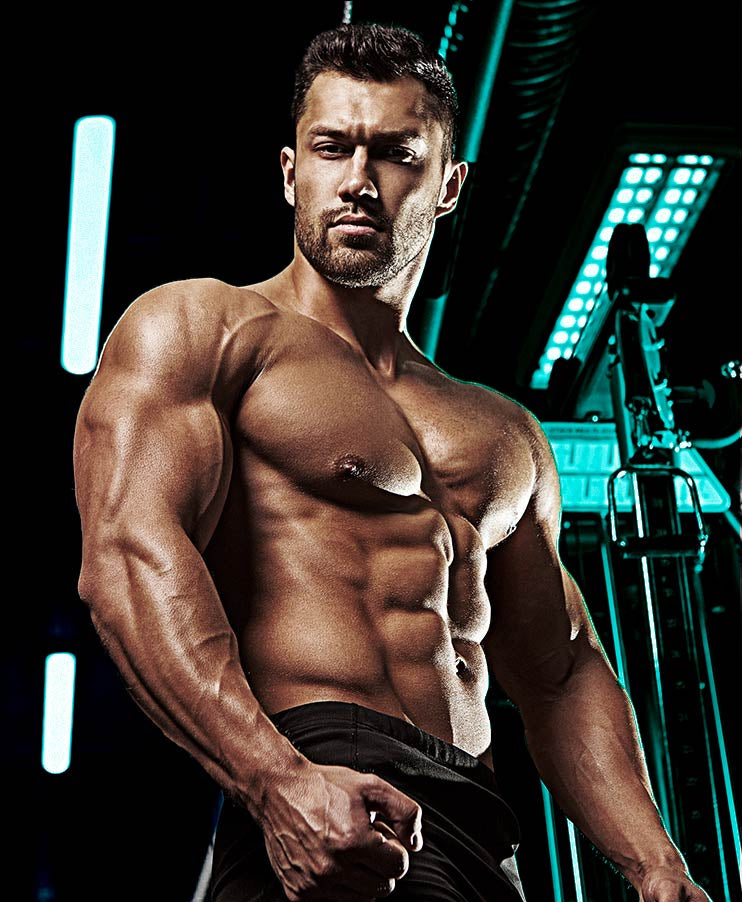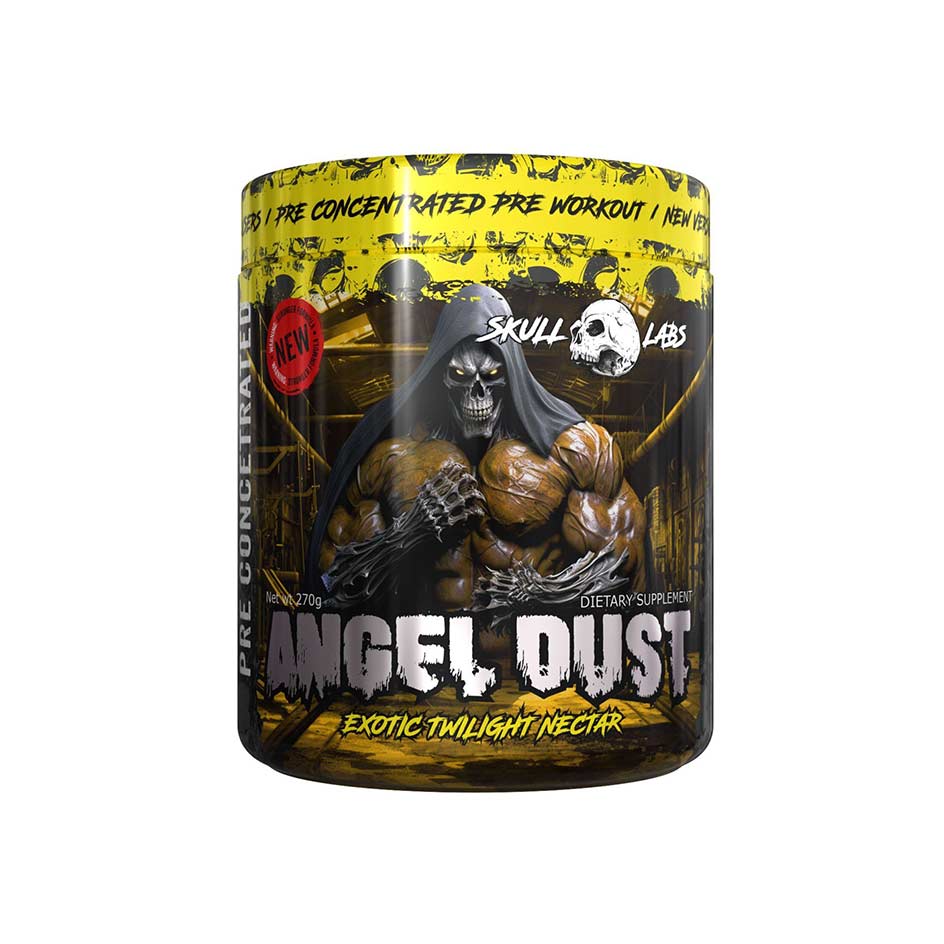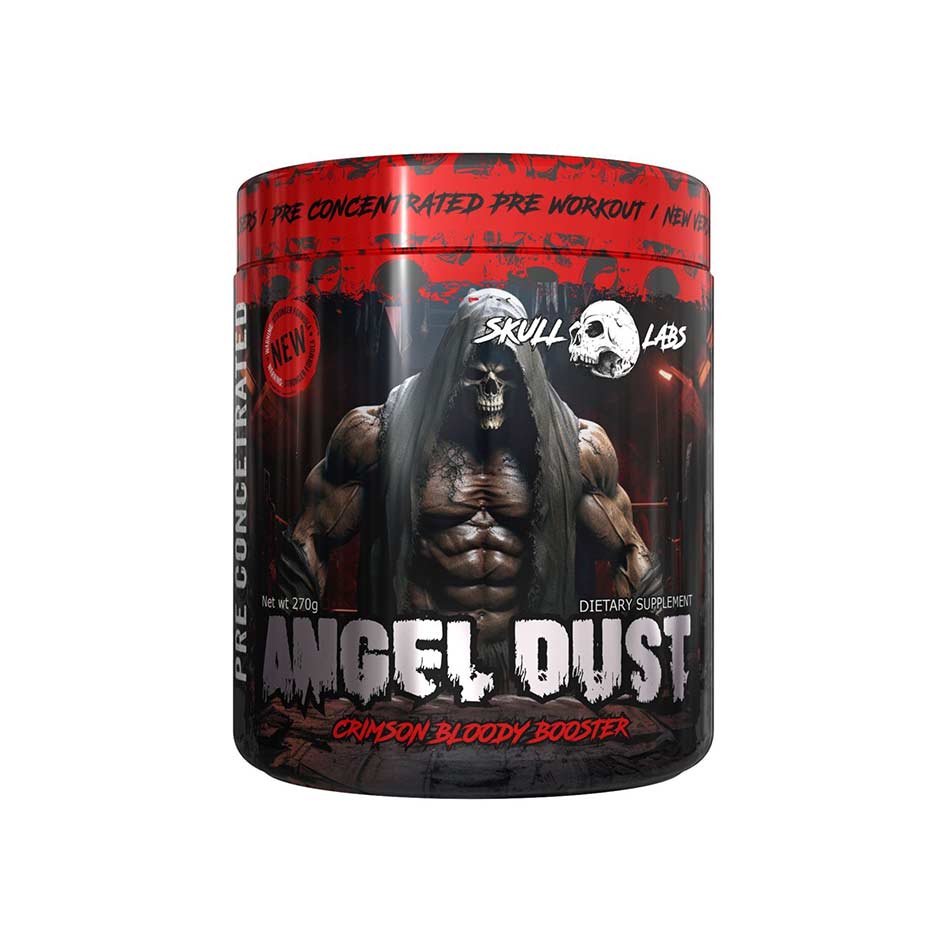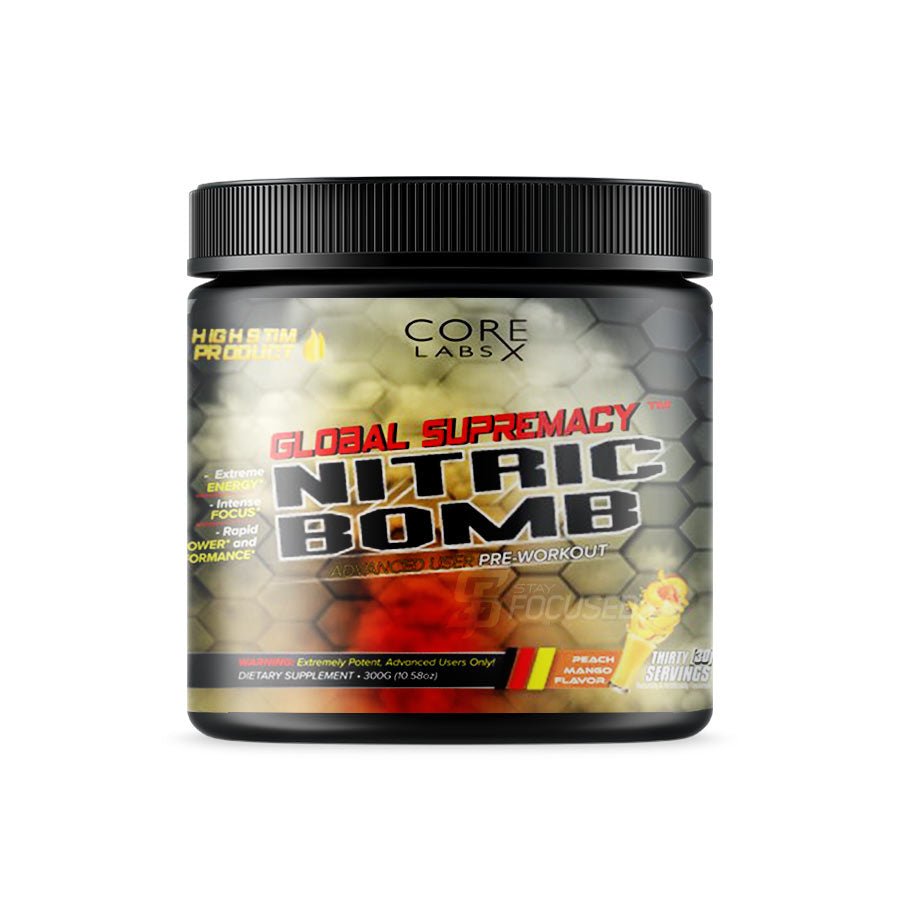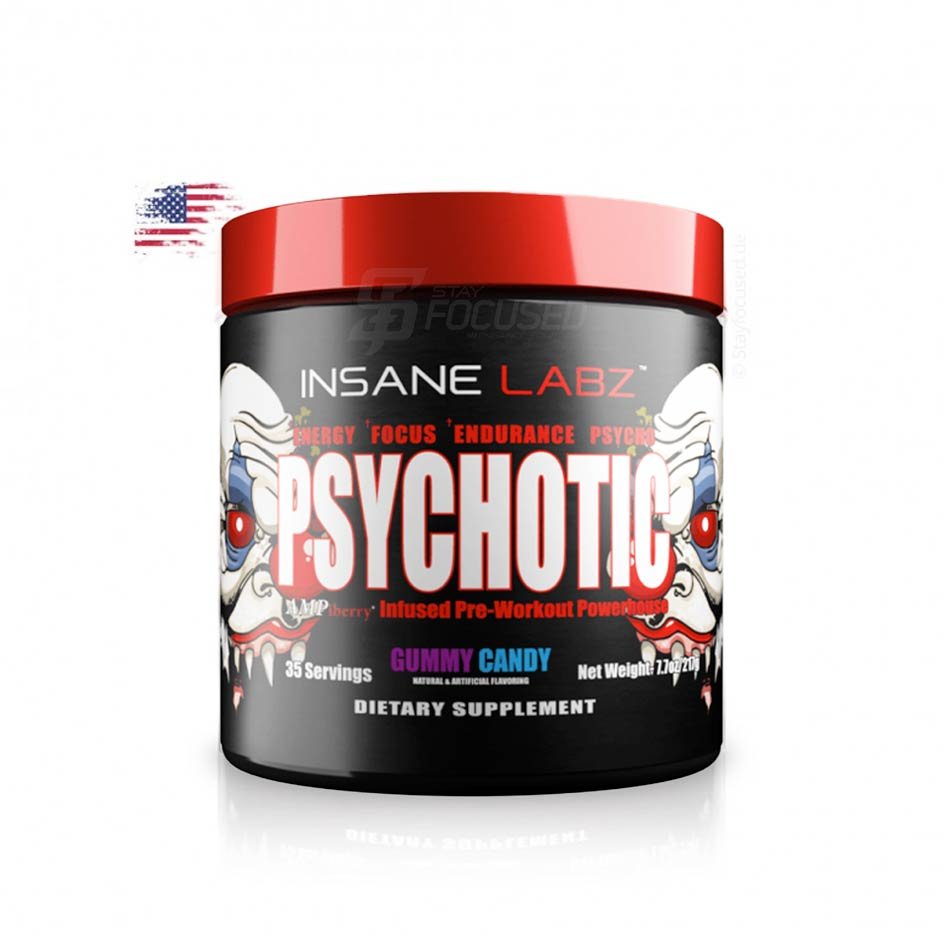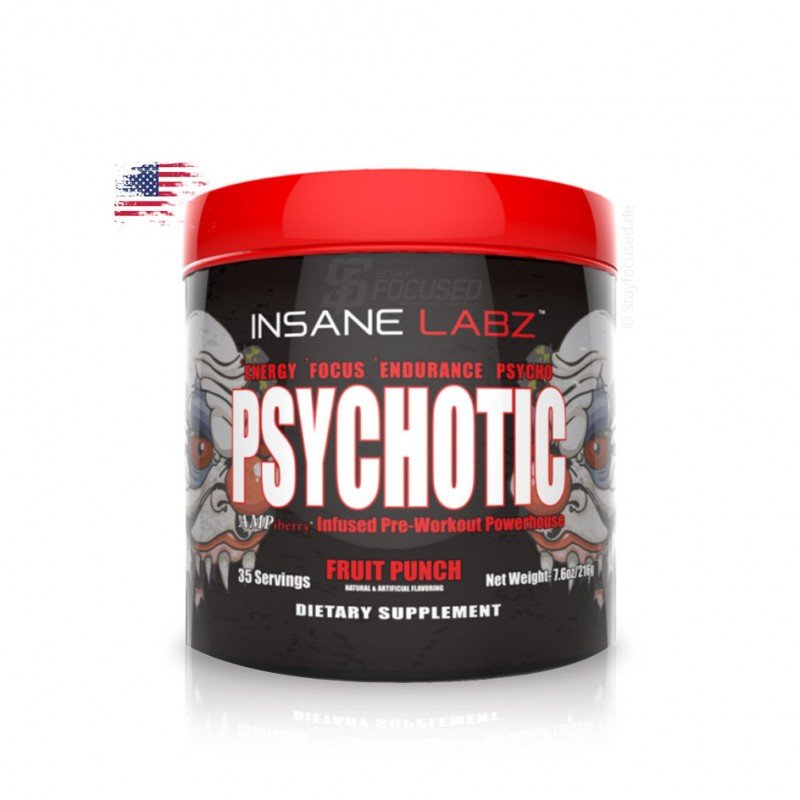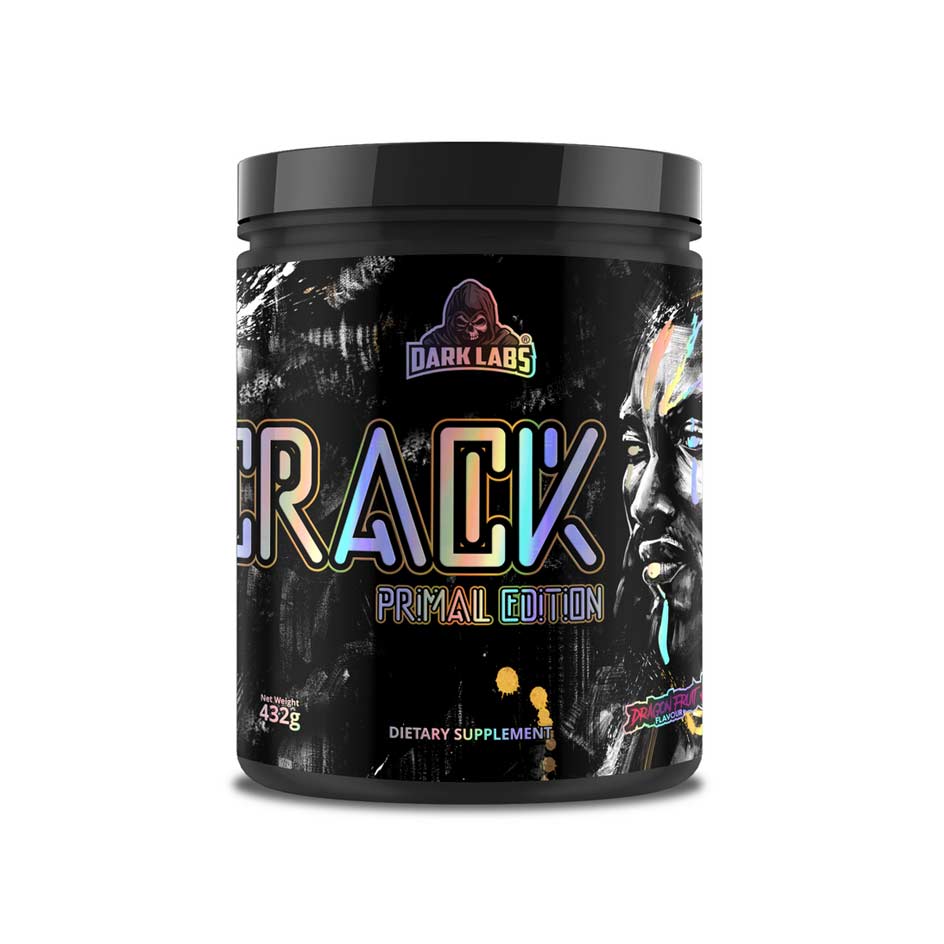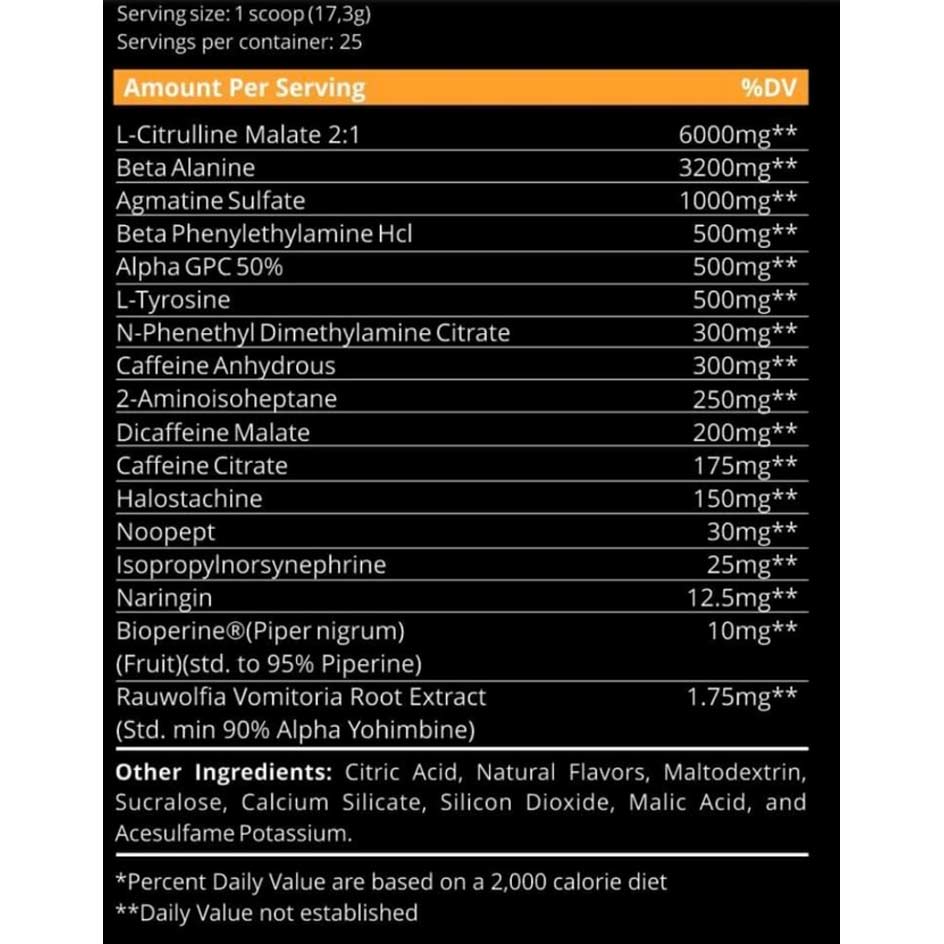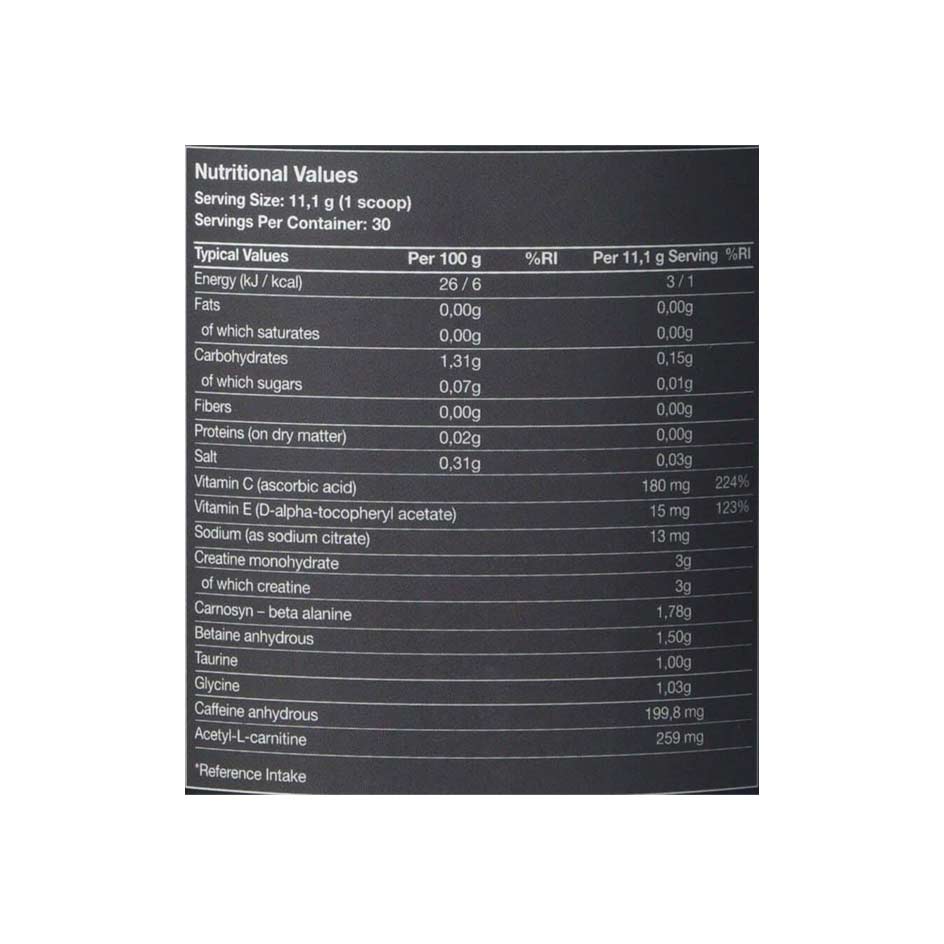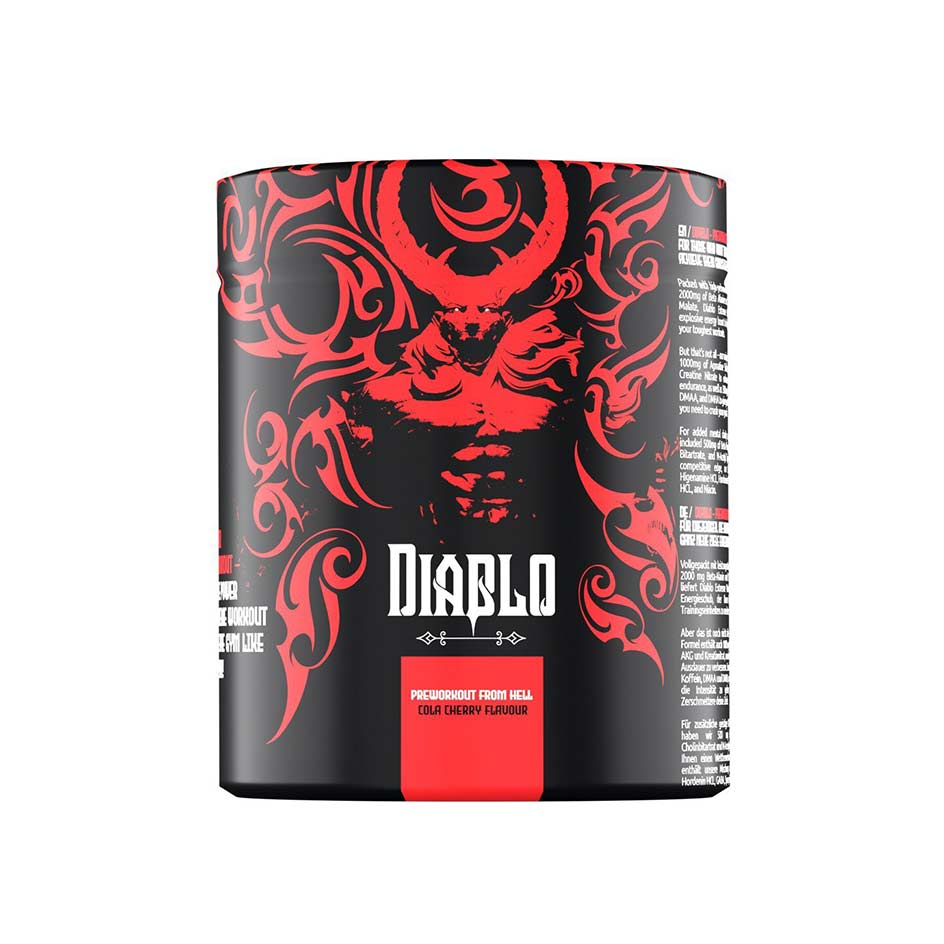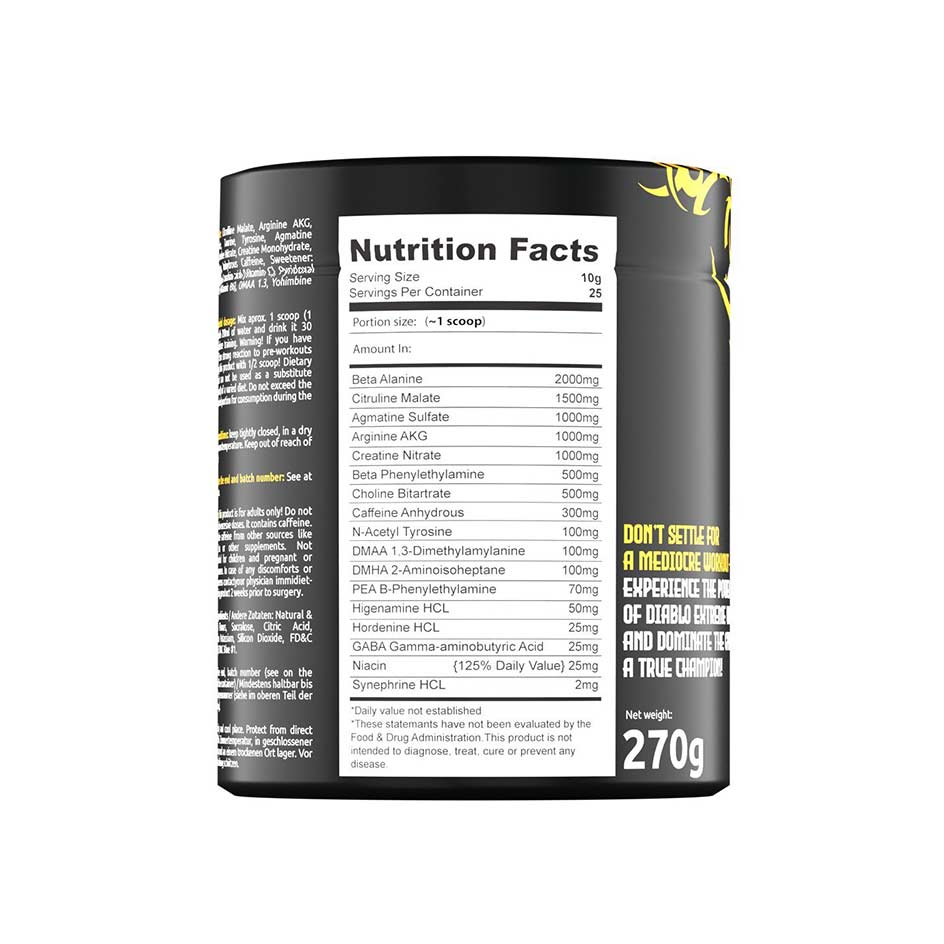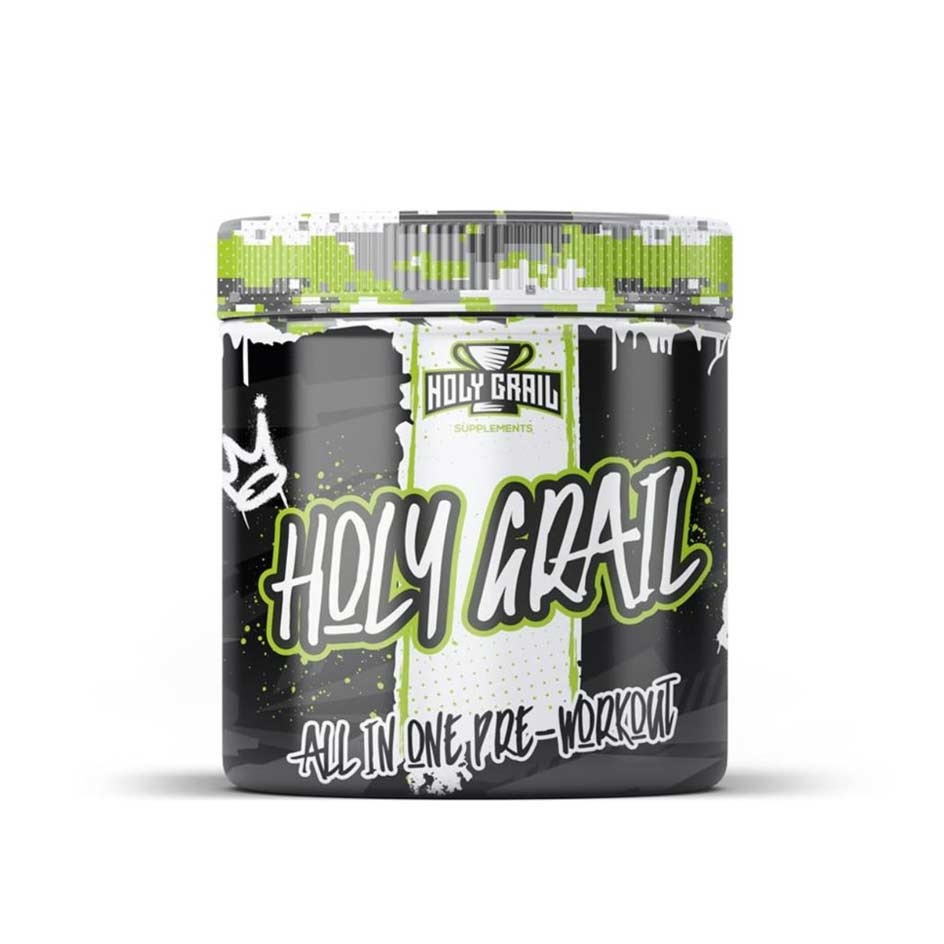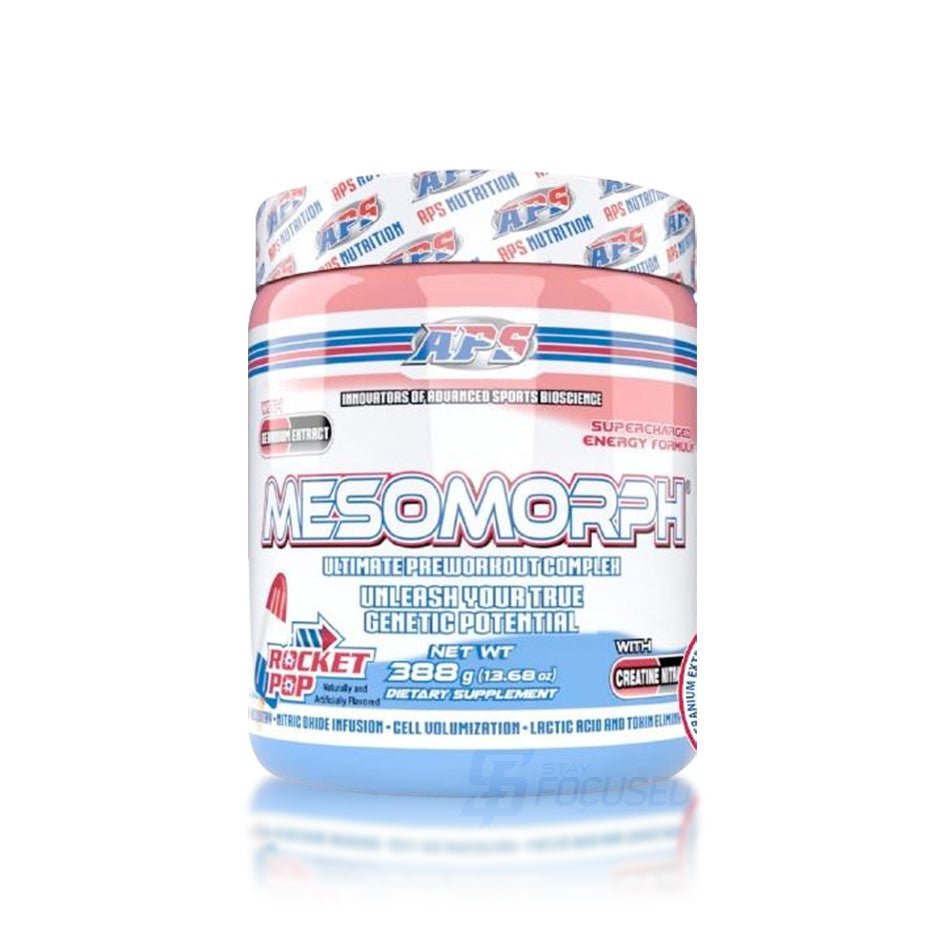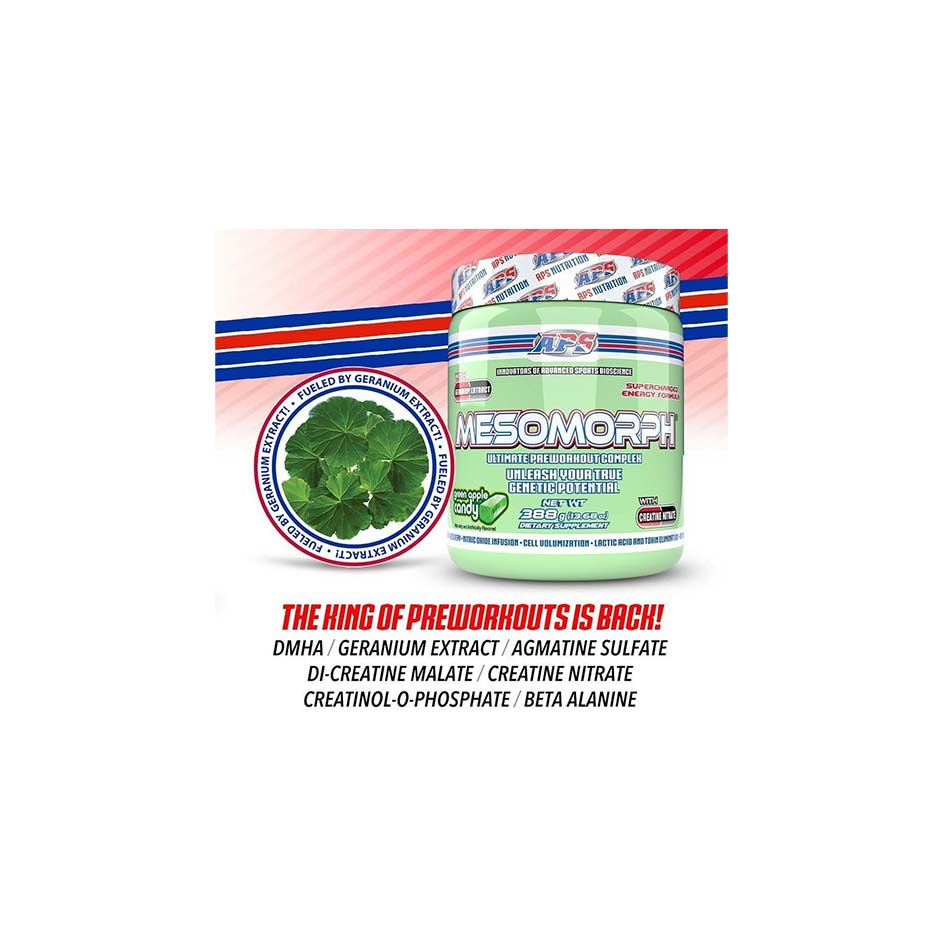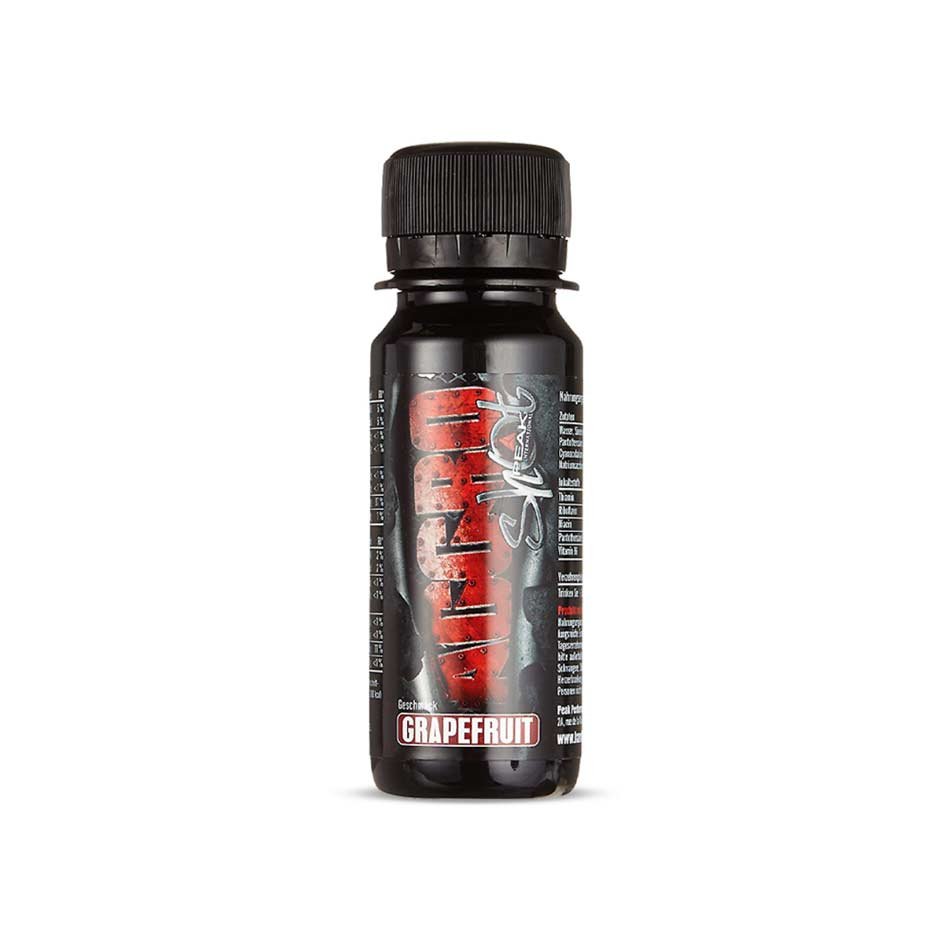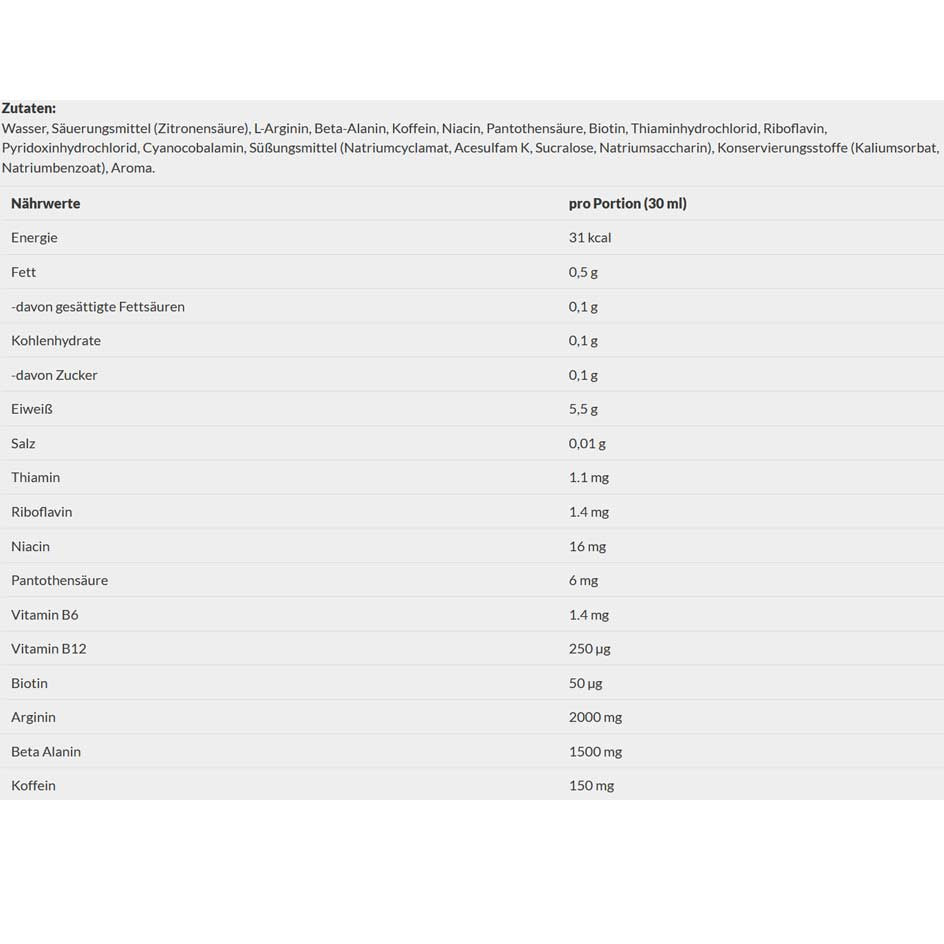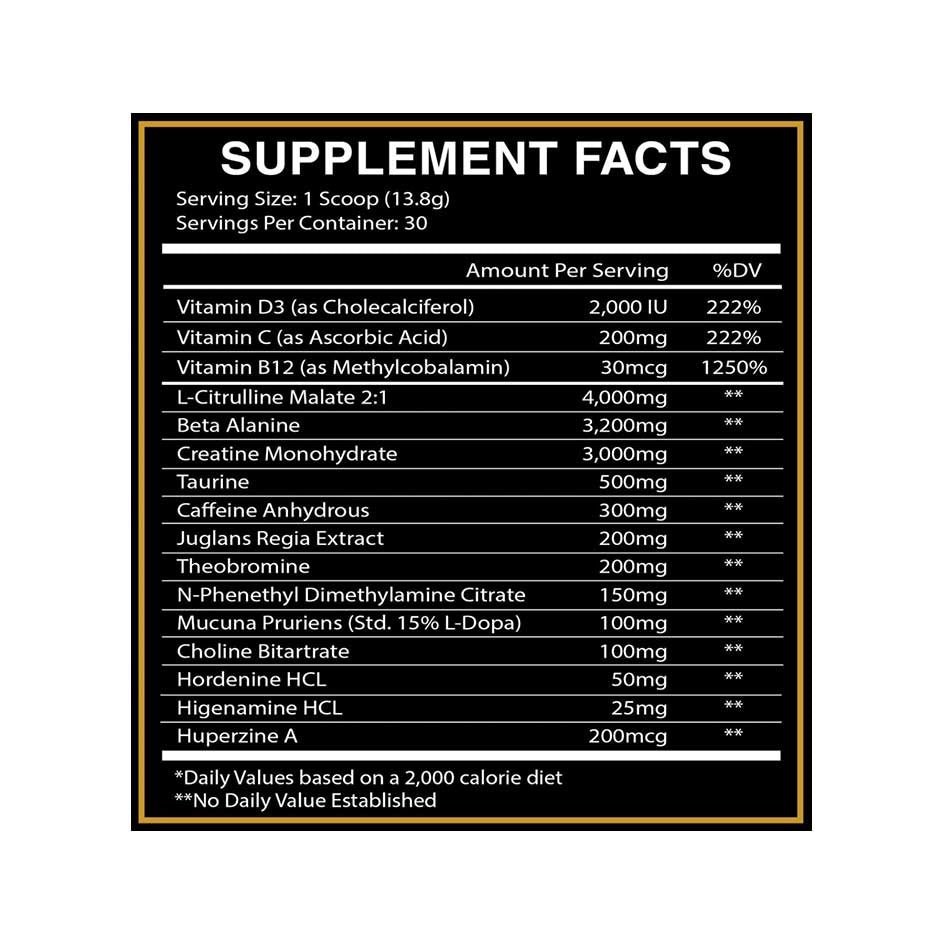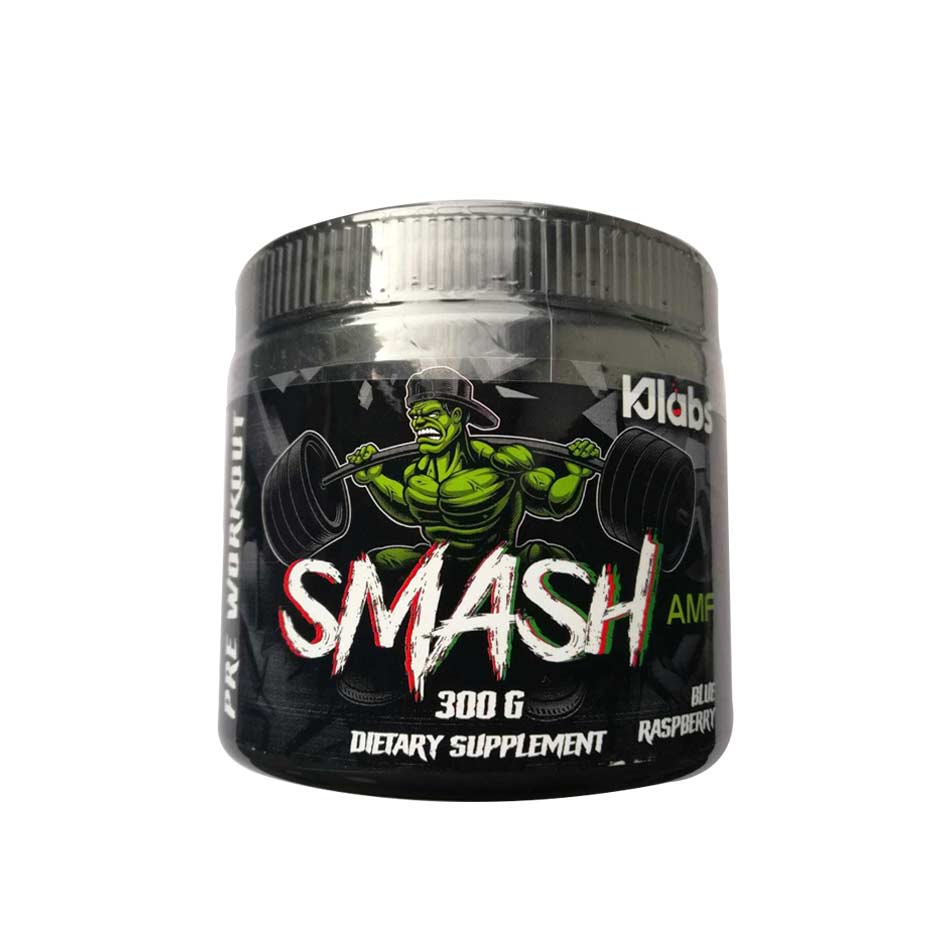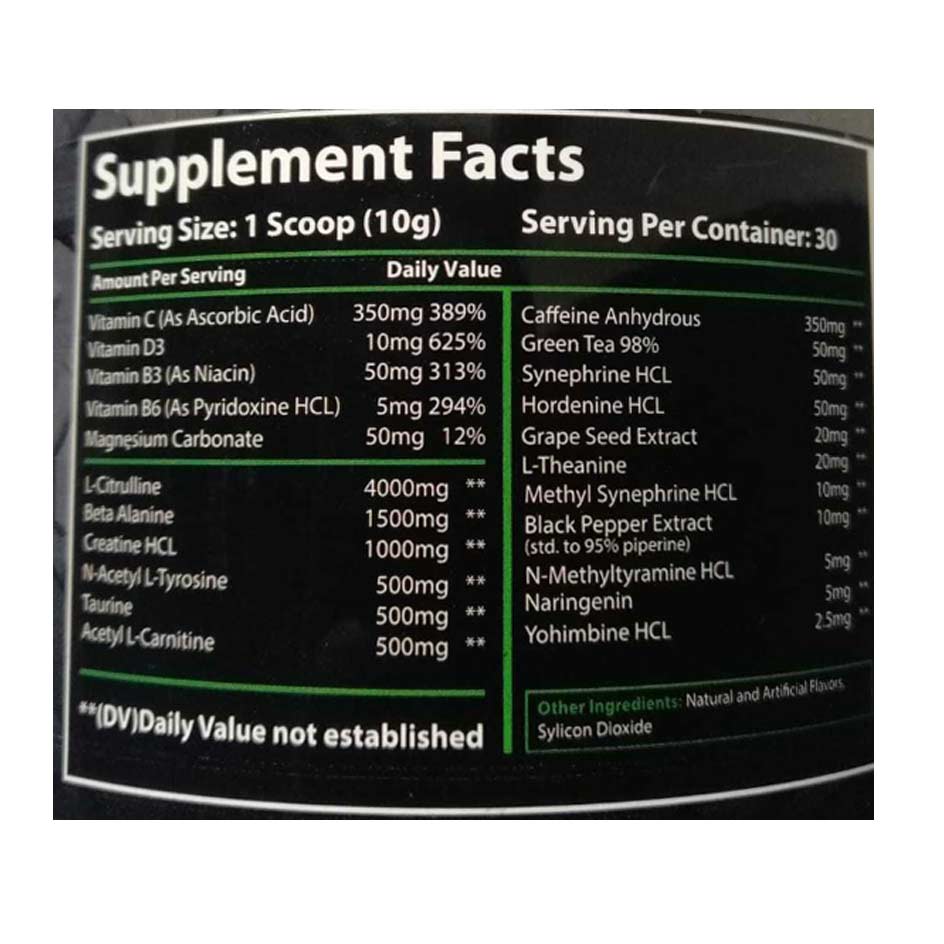For ambitious athletes, the term "training booster" is certainly no stranger – most have probably consumed such a power drink at some point. Depending on the product, they were more alert or focused during training, or had a better pump. Perhaps they were even slightly euphoric, and perhaps even achieved a new personal best. In this article, you'll learn 1. what training boosters are, 2. the different types of training boosters available, and 3. what to look for when buying one.
Definition: What are training boosters?
Training boosters are sports drinks. More specifically, they are powdered products for mixing into a sports drink. The term "booster" comes from English and refers to their effect: Training boosters have a motivational effect and can therefore ensure a more intense workout (boost = "intensify," "fire up").
There are different types of training boosters. However, they all have the following in common: they work very quickly, they are considered pre-workout supplements—meaning they should only be consumed immediately before training—and they are not suitable for long-term use. (You'll learn why they are not suitable for long-term use further down in the text.) This distinguishes them from virtually all other sports supplements, which usually only become effective after regular use over several weeks.
History: Since when have training boosters existed?
The history of training boosters began in 1986: That year, scientists discovered nitric oxide (NO) in the human body – a gas that is actually a poison. Nitric oxide also plays an important role in regulating the nervous system and blood supply. (Almost 10 years later, the discovery was rewarded with a Nobel Prize.)
NO for better blood circulation
The most important property of nitric oxide in the body is that it relaxes blood vessels, thereby stimulating blood flow. This discovery quickly attracted the attention of the supplement industry. It's no wonder: Increased blood flow during training generates a stronger muscle pump and improves oxygen and nutrient delivery to the muscles, resulting in better training performance. Athletes interested in muscle growth can also hope for faster onset of hypertrophy (muscle cell enlargement).
Start with “pump” boosters
In the 1990s, the first pump boosters appeared on the market. They were sold as "NO boosters," "NO2 boosters," or "NOX boosters" and triggered a veritable booster boom in the bodybuilding scene. Their function was to deliver high concentrations of certain amino acids into the bloodstream, causing an increased release of nitric oxide—with the subsequent effect of increased blood flow to the muscles.
More active ingredients, more effects
Not long after, supplement manufacturers began adding additional ingredients to their boosters: vitamins for better micronutrient supply, electrolytes for improved hydration, and caffeine for better energy release. From caffeine, it was only a small step to stimulants with amphetamine-like effects. "Jack3d" from USPlabs was the first booster to contain the stimulant DMAA. It launched in 2012 and took the potential effects of training boosters—but also their potential side effects—to a whole new level.
Variants: What types of boosters are there?
If you want to buy a training booster, you need to have a rough idea of what the products available on the market do and what they're intended for. Therefore, there are currently three "official" booster categories into which the offerings can be divided. However, these categories have fluid boundaries—meaning that many boosters can be assigned to two categories. There are even all-in-one boosters that fit into all three categories.
The categories are: 1. Pump Booster, 2. Pre-Workout Booster and 3. Hardcore Booster.
Pump booster
Pump boosters are designed to enhance the pump effect during training. For bodybuilders, this primarily has a motivational and aesthetic aspect, but that's not all: As mentioned above, the accelerated blood circulation also has a positive effect on performance due to improved oxygen transport. Cellular repair processes are also promoted, potentially leading to faster muscle growth. (This, however, is difficult to prove.)
Pre-workout booster
Pre-workout boosters primarily serve the purpose of making you "awake"—that is, banishing fatigue and increasing your desire for physical activity. This effect is achieved through sugar or simple carbohydrates and stimulating ingredients such as caffeine, guarana, and taurine. Essentially, pre-workout boosters are a variation of energy drinks. However, most pre-workout boosters also contain ingredients with a pump-enhancing effect; many also contain creatine.
Hardcore Booster
Hardcore boosters are boosters that have a psychotropic effect—meaning they influence mental well-being. They have a strong stimulating effect that goes far beyond the effects of pre-workout boosters. Hardcore boosters literally energize and induce euphoria. This is due to substances like ephedrine (now banned) and similar synthetic stimulants. Because the EU severely restricts the marketing of such ingredients, hardcore boosters are not available in regular retail stores in most EU countries. They can only be ordered online.
Composition: What is contained in training boosters?
Depending on the booster category, a booster primarily contains either pump-promoting active ingredients, stimulating active ingredients, performance-enhancing active ingredients, or stimulating active ingredients. There is, of course, some overlap: Stimulating active ingredients, for example, almost always also have a performance-enhancing effect, as do stimulating active ingredients.
Pump-promoting ingredients
The most popular substances for increasing the pump effect are the amino acids L-arginine and L-citrulline. Even more effective than L-arginine is agmatine, a derivative of the amino acid L-arginine. Agmatine significantly promotes the production of nitric oxide and is therefore considered the most powerful pump-promoting substance. Agmatine also influences the mental state of the trainee, as it also suppresses anxiety and increases concentration.
Stimulating ingredients
The stimulants found in workout boosters are primarily caffeine and its various variants. The amino acid taurine plays an "enhancer" role: While it doesn't have a stimulating effect, it has a synergistic (= effect-enhancing) effect when combined with caffeine.
Performance-enhancing ingredients
Among the substances that enhance performance, beta alanine and creatine are particularly noteworthy. Beta alanine counteracts muscle acidification, while creatine optimizes cellular energy metabolism and increases muscle strength (including through intracellular water retention). However, since creatine only develops its full effect when taken daily for several weeks, creatine is of limited use as a training booster. Boosters should never be consumed daily.
Stimulating ingredients
The group of stimulant ingredients includes DMAA, DMHA, and their derivatives. DMAA is the abbreviation for "1,3-dimethylamylamine," an amphetamine-like chemical compound. All amphetamine-like substances cause the release of neurotransmitters such as dopamine and norepinephrine. This results in increased readiness for action, sharpened mental focus ("tunnel vision"), and more energy. The amino acid L-tyrosine is also a stimulant ingredient; however, it "only" has a certain mood-enhancing effect.
In addition, training boosters often also contain vitamins, sweeteners, colorings and substances that improve or accelerate the absorption of other substances.
Purpose: When is a training booster useful?
For those who occasionally need a boost of motivation before training—because they didn't sleep well the night before and are tired, or because their mind is constantly on something else—consuming a training booster can be beneficial. However, if you're already full of training enthusiasm, then using a booster is obsolete. (The booster won't make you even more "excited" about training.) Of course, you shouldn't combine pre-workout boosters and hardcore boosters with caffeine capsules or caffeinated fat burner supplements; that would be "too much of a good thing."
Taking: When and how?
Almost all training boosters come in powder form. They are mixed with water to form a drink. The effects begin relatively quickly after consumption, usually within 30 minutes, and they last between 1 and 2 hours. It's therefore recommended to prepare and consume a booster shortly before your workout. And be careful: Even if the effects wear off after 2 hours, some ingredients remain active in the body for much longer. (Caffeine, for example, has a half-life of 4 hours.) Therefore, those who train in the evening should be aware that they may not be able to fall asleep for several hours after consuming a pre-workout booster or a hardcore booster.
Dosage: How much?
Booster packs are usually sold with a scoop. The label on the pack indicates how many scoops should be combined with a certain amount of water to prepare a drink. For very strong, hardcore boosters, it may be advisable to start with half a scoop. This prevents unexpectedly strong side effects and also makes the product more economical (and therefore cheaper).
Side effects: What negative effects can
Have training boosters?
Pump boosters and pre-workout boosters have the same range of side effects as coffee and energy drinks. Hardcore boosters can have more serious side effects, including:
- Tremolo (= strong trembling)
- Heart palpitations or rapid heartbeat
- excessive sweating
- nausea
- Impaired coordination due to influence of the sympathetic nervous system
- Panic attacks
- severe exhaustion or mood “crash” when the effect wears off
These side effects aren't necessarily part of the game, so they don't necessarily have to occur—nor should they be listed in full. Some users may only experience short-term heart palpitations but no coordination problems at all, while others may tremble but not sweat excessively. Another negative effect, which unfortunately is certain to occur, is rapid habituation with frequent use: If you take a booster regularly at short intervals (e.g., before every workout), the effect becomes increasingly weaker. Therefore, you have to be careful, at least with pre-workout boosters and hardcore boosters. Three to four booster applications per month are fine—no more than that should be. At least: boosters aren't addictive, so you can't become dependent on them.
Purchase recommendation: What should you consider?
What do you need to consider when buying a training booster – and which is the best training booster?
Regarding the first question: If you want to use a training booster, you should first consider what it's intended for. Should it give you the drive to train after a day at work, university, or vocational school? Then a pre-workout booster is ideal. Or should it push you to new heights in your training? Then try a hardcore booster. If, instead, you're more interested in feeling good during your workout and perhaps looking impressive in your next Instagram video, then purchasing a pump booster is a better option.
By the way, not all stores that sell booster products clearly categorize them as pump boosters, pre-workout boosters, or hardcore boosters. Often, only the product descriptions or ingredients provide information about how the respective booster should be classified.
Regarding the second question (which is the best training booster): There's no general answer. Every athlete has a different idea of what constitutes a good booster, and even the most effective booster doesn't work the same for every user. Tip: Find out more on reputable test portals likehttps://boosterjunkies.de/about the features and benefits of the products on the market. Recommendations and rankings of the best training boosters are also often published there.
Conclusion
Training boosters aren't necessarily a "must"—but they certainly have their place in recreational sports. Many ambitious amateur bodybuilders swear by training boosters, and most even have their favorite products that consistently deliver outstanding workouts. However, boosters shouldn't be consumed too often—even if there are no serious side effects. Hardcore boosters, in particular, should be used with caution, as too frequent dopamine "firing" of the brain can lead to mood swings and, in the long term, even depression. So, the rule is: moderation. As is generally the case in life.


